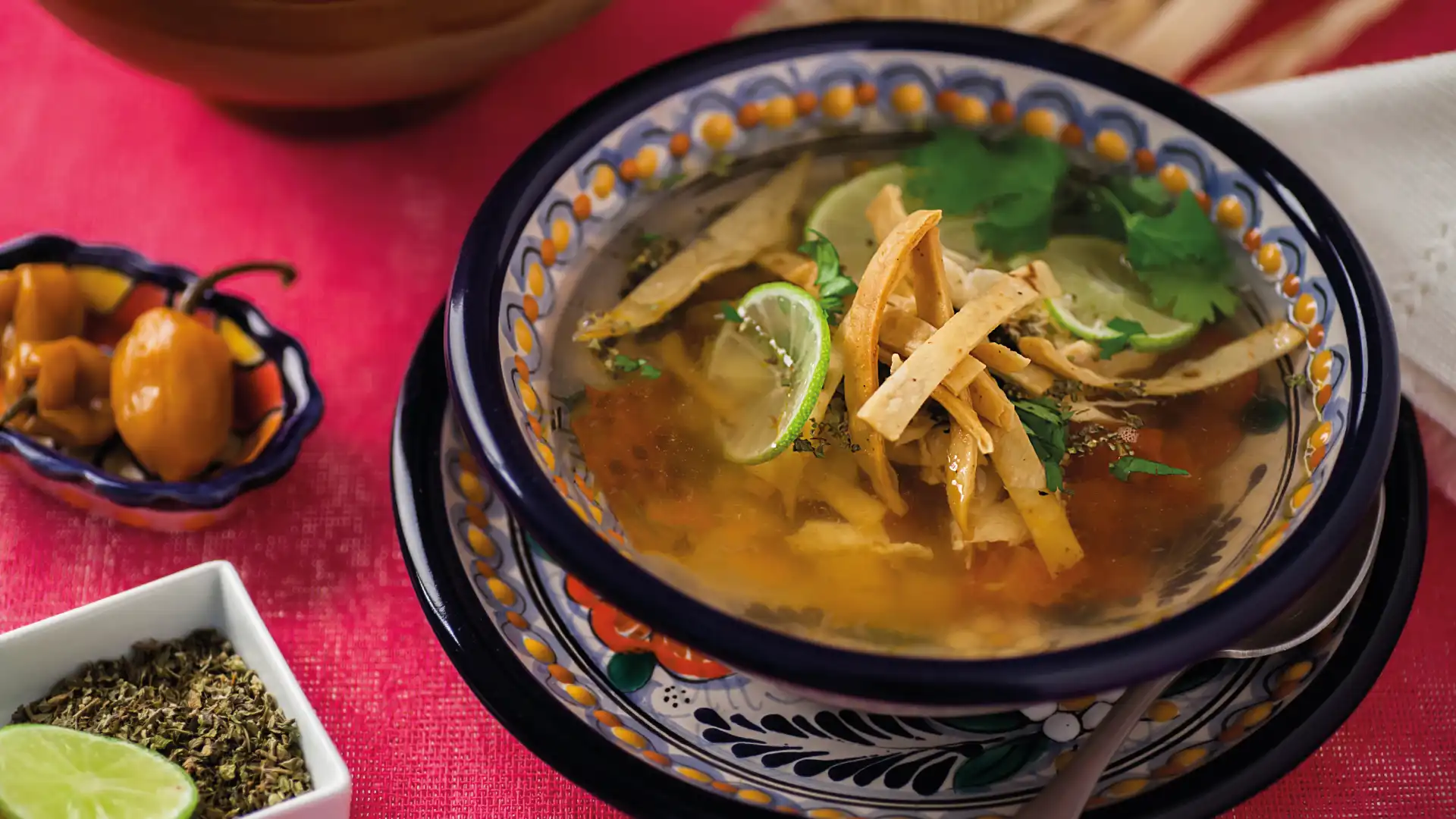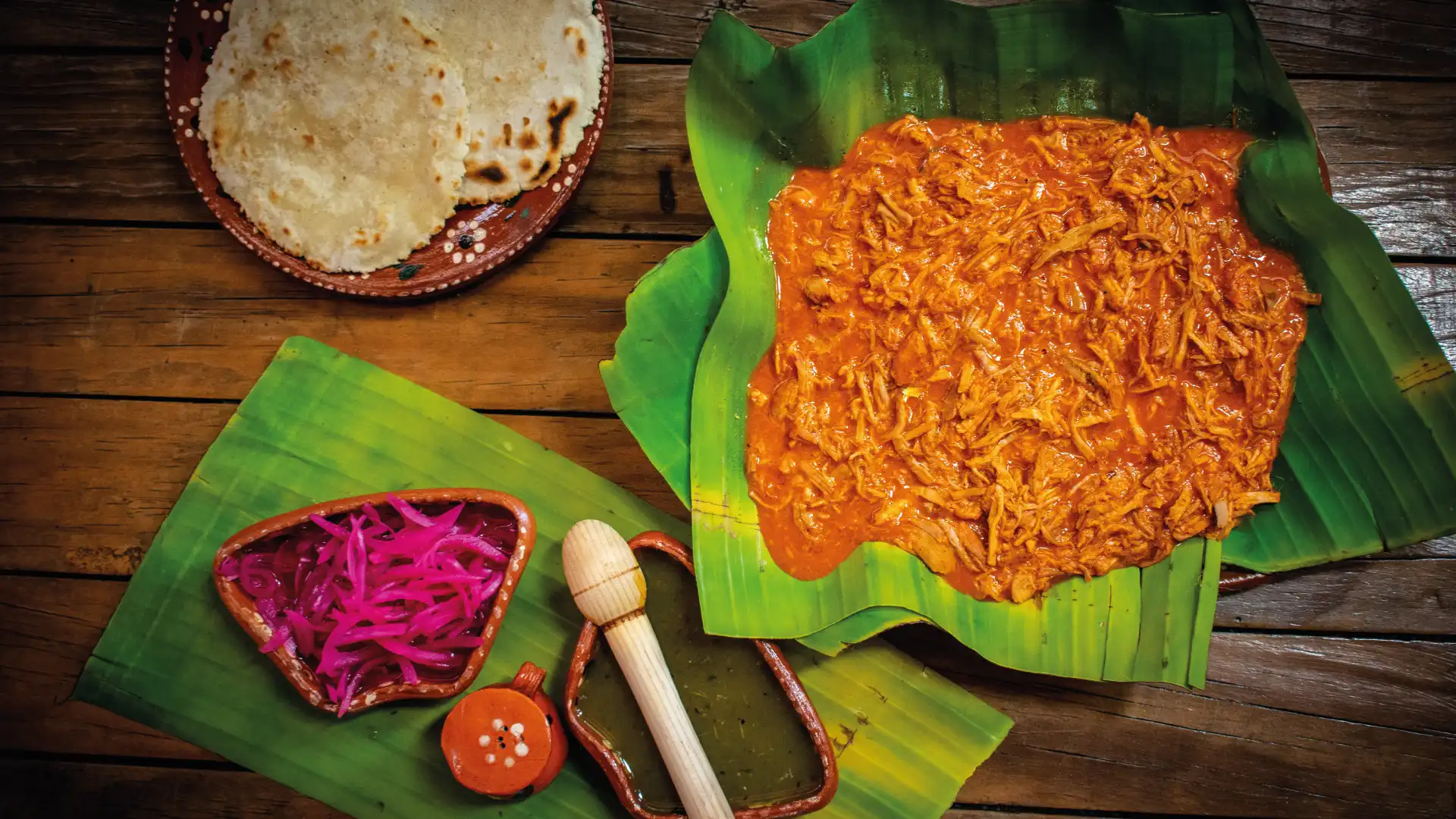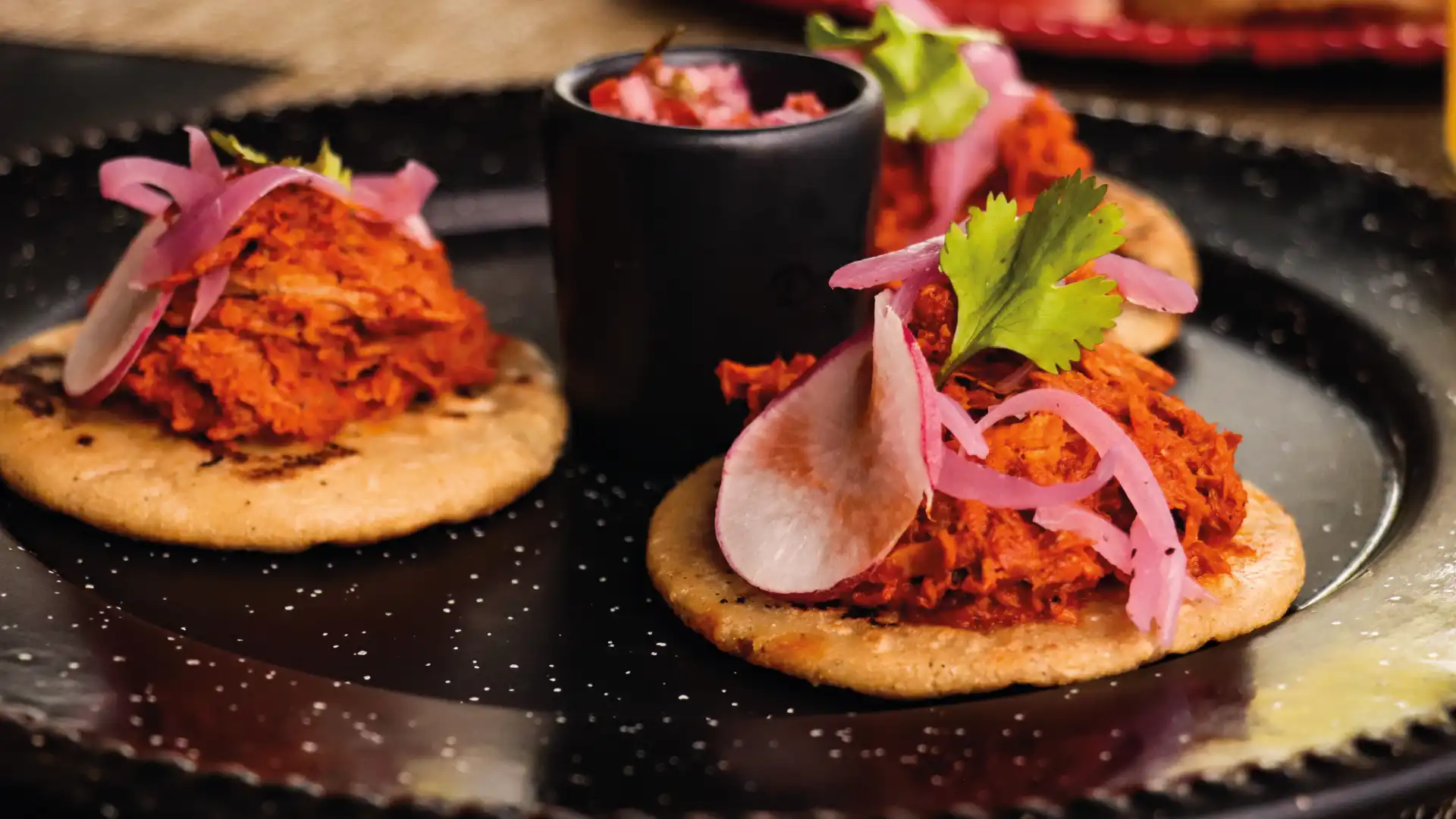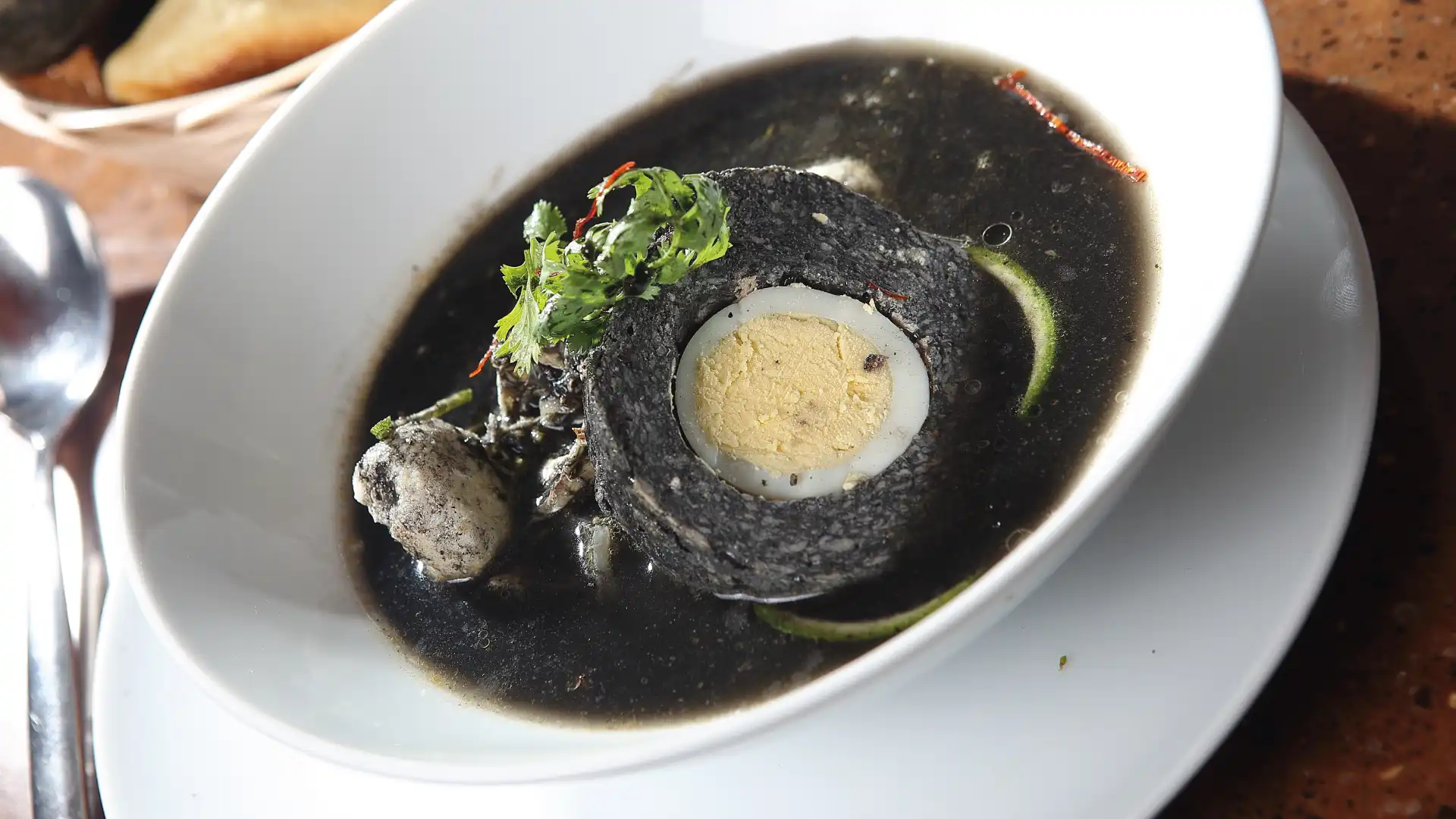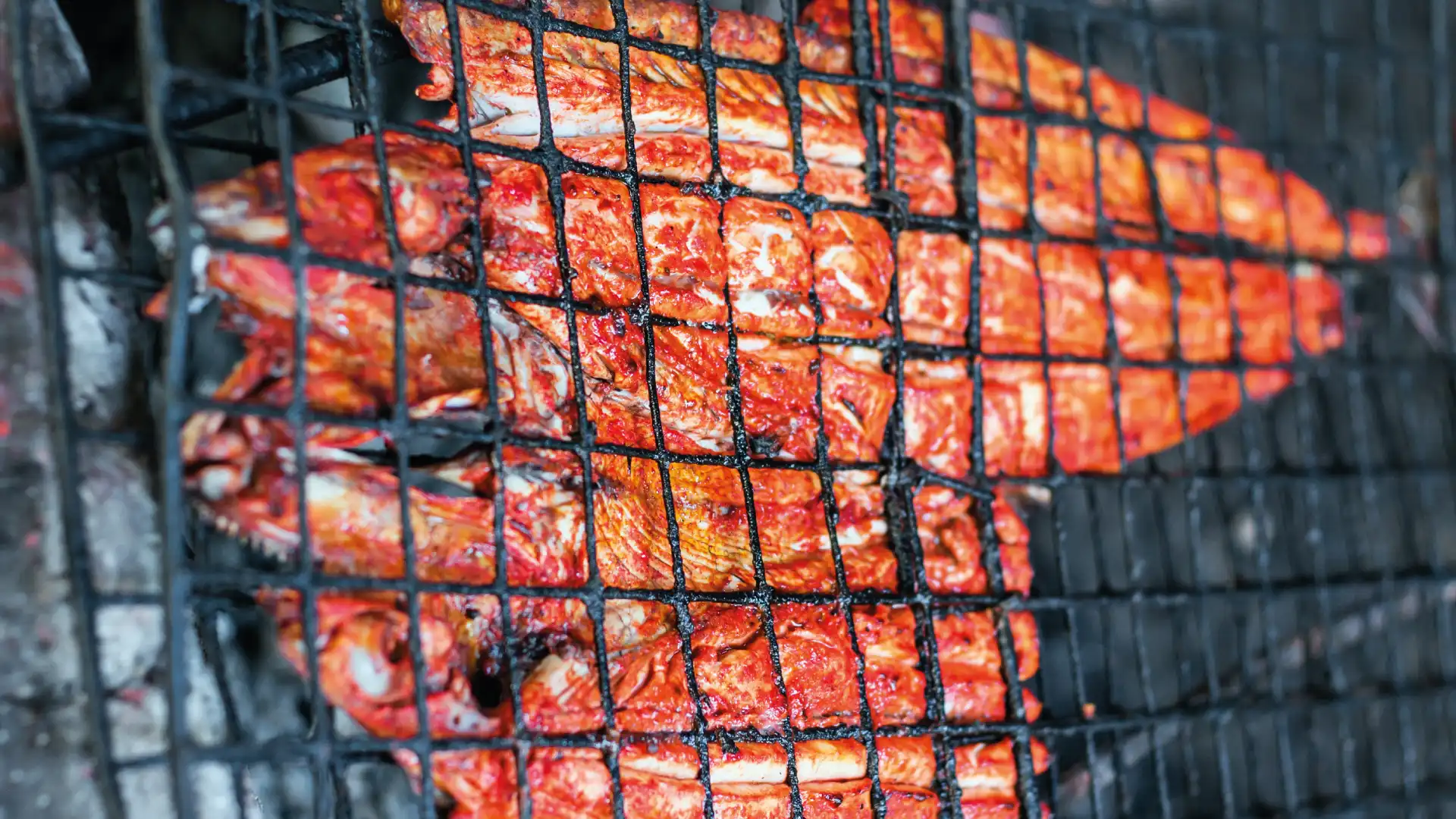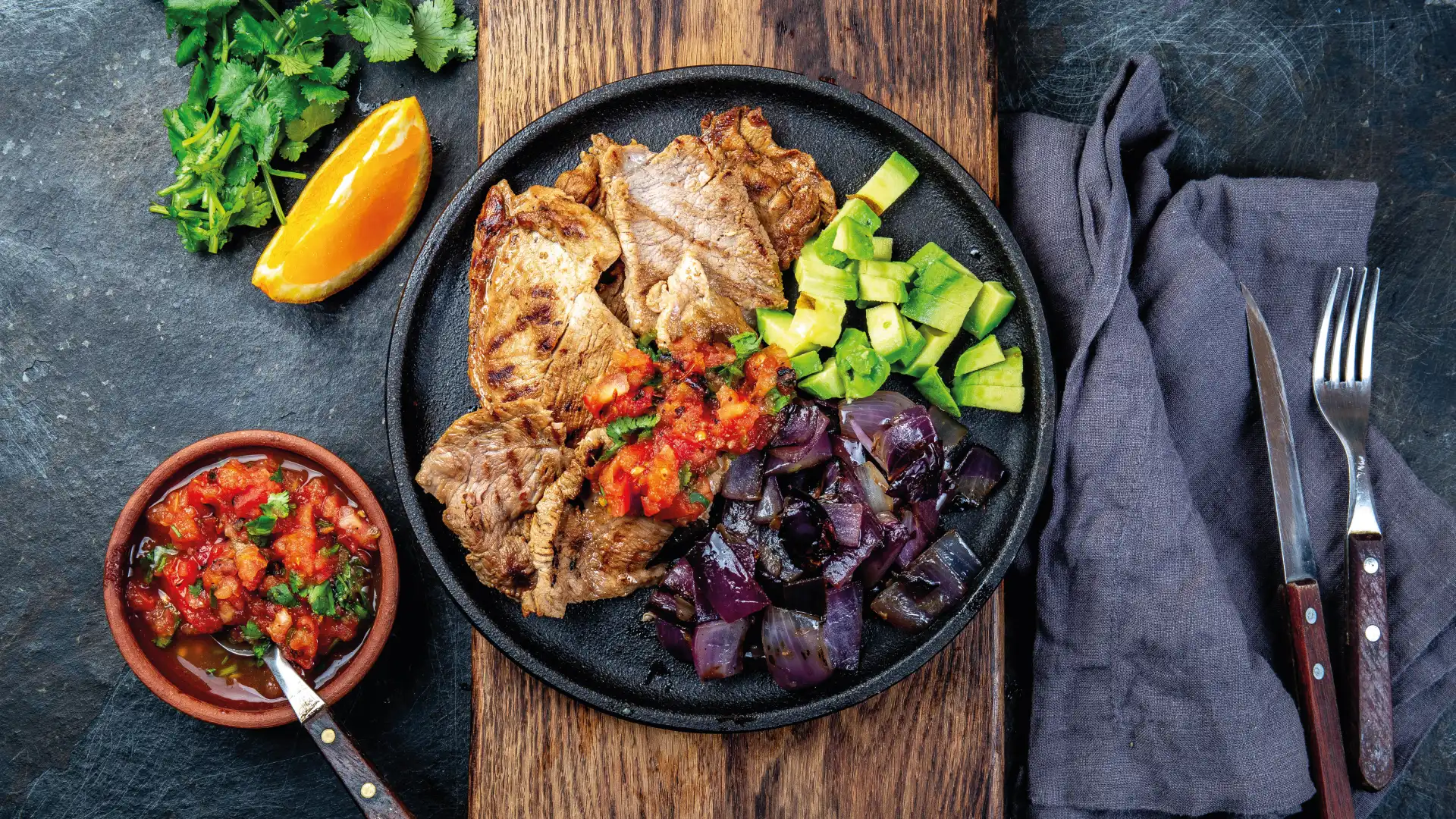Flavors Of The Yucatan Peninsula
One thing you never forget about a trip is the food. The landscapes are breathtaking, the beaches are stunning, but the flavors… those stay with you forever. In southeastern Mexico, between Yucatán and Cancun, the gastronomy is as vibrant and colorful as the streets and the sea. From the classic cochinita pibil to the crunchy marquesitas that sweeten any afternoon, this region offers a menu that invites you to discover its history and culture through every bite.
This blog is a journey through flavors that tell stories, ingredients that mix Mayan tradition with Spanish and Caribbean influences, and street food that makes every visit to the Mexican Caribbean unforgettable.
Cochinita Pibil: The Queen of Yucatecan Cuisine
Cochinita pibil is the crown jewel of Yucatán’s gastronomy. It hardly needs an introduction, but it deserves a tribute. This dish embodies everything that defines southeastern cuisine: patience, tradition, and Mayan roots. Pork is marinated in achiote, bitter orange juice, and spices, then wrapped in banana leaves and slowly cooked in an underground oven called a pib.
The result is tender, flavorful meat that tastes best in tacos with pickled red onions. Whether in a local market in Mérida or a small restaurant in Valladolid, cochinita pibil is a must-try for any traveler.
Poc Chuc: Citrus-Marinated Grilled Pork
Another essential Yucatecan dish is poc chuc. Pork marinated in bitter orange juice, grilled to perfection, and served with onions and beans. Its citrusy and smoky flavor makes it irresistible and is perfect for anyone looking for something lighter than cochinita but still full of tradition. Enjoying poc chuc in a local eatery is like tasting Yucatán in every bite.
Panuchos and Salbutes: Irresistible Snacks
If you travel to southeastern Mexico and don’t try a panucho, did you even go? This snack consists of a fried tortilla filled with black beans and topped with meat (chicken, turkey, or cochinita), lettuce, avocado, and red onion. It’s crispy, savory, and addictive.
Salbutes are their close cousins: fried tortillas without filling, which makes them fluffier. Both are perfect for a midday snack while exploring Mérida or Valladolid. The best part? You can order a variety and try a little bit of everything.
Relleno Negro: Bold and Traditional Flavors
Relleno negro is a traditional Yucatecan dish made with turkey or chicken, recado negro, and local spices. Its dark color and intense flavor make it one of the most representative dishes of the region. Traditionally served during special occasions, many restaurants now include it on their everyday menus. Tasting it is a way to connect with Mayan history through food.
Queso Relleno: A Mestizo Classic
Queso relleno is another Yucatecan classic, blending Spanish heritage with local tradition. It consists of a hollow Dutch cheese stuffed with a mixture of minced meat, raisins, almonds, and spices, covered in a white tomato sauce. Its preparation is labor-intensive, but the result is worth it: every bite is a combination of textures and flavors that showcases the culinary creativity of the region.
Yucatecan Tamales: Tradition Wrapped in Banana Leaves
Tamales in southeastern Mexico differ from those in central Mexico. They are often wrapped in banana leaves, with fillings ranging from cochinita pibil to chicken in mole or even sweet beans. Perfect for breakfast or as a snack while exploring local markets, these tamales tell stories from one generation to the next, keeping family recipes alive.
If you don't find your hotel / destination or you have a special request, please contact us: contact@odigootravel.com
Pescado a la Tikinxik: The Caribbean Gem
Crossing from Yucatán into Quintana Roo, the sea begins to dictate the menu. One of the most iconic dishes is pescado a la tikinxik, a native dish from Isla Mujeres. Fresh fish is marinated in achiote and slow-cooked over coals.
The result is smoky, intense flavor with a Caribbean touch that only the ocean can provide. It’s served whole, with rice, salad, and tortillas. Eating it on the beach, with sand under your feet and the waves in the background, is an experience that goes beyond food.
Caribbean Ceviche: Freshness in Every Bite
If there’s one dish that captures the essence of Cancun, it’s ceviche. Made with fresh fish or seafood, lime juice, tomatoes, onions, and cilantro, this Caribbean classic is perfect under the sun.
Each island and port has its style: in Cozumel, conch is common; in Mahahual and Chetumal, shrimp or mixed seafood are popular. Served with tostadas or salty crackers, ceviche combines freshness and crunch, ideal after a swim or a day exploring the coast.
Tikinmul and Frijol con Puerco: Homemade Favorites
Another Yucatecan classic is tikinmul, fish marinated in achiote and orange juice, steamed or baked. Similar to tikinxik but with a more homemade touch.
Frijol con puerco, a simple pork and bean stew, is traditionally served on Mondays in many homes and local eateries. It’s hearty, flavorful, and offers a glimpse into daily Yucatecan life.
Marquesitas and Traditional Sweets: A Sweet Ending
After all those rich flavors, it’s time for dessert. Marquesitas, crispy rolled crepes filled with Edam cheese, Nutella, cajeta, or jams, are a must-try. Traditional sweets like cocadas or papaya candies complement the culinary journey and leave travelers with a sweet memory of southeastern Mexico.
Beyond the Plate: The Cultural Experience
What makes food in the southeast truly special isn’t just taste—it’s what it represents. Every dish tells a story: cochinita pibil as a Mayan ritual, panuchos as a neighborhood tradition, pescado tikinxik as a Caribbean heritage, and ceviche reflecting life by the sea. Eating here is a way to experience the unique cultural blend of the region.
Local markets and small eateries offer an authentic connection to the people. Enjoying a Sunday lunch at Mercado Lucas de Gálvez in Mérida or a beachfront palapa in Isla Mujeres is more than filling your stomach—it’s sharing a piece of local identity.
Flavors That Stay with You
Yucatán and Cancun enchant with beaches, cenotes, and archaeological sites. But if there’s one thing that makes you come back, it’s the food. From a taco of cochinita to a tamale wrapped in banana leaves or a street-side marquesita, every bite helps you understand the spirit of the Yucatecan Caribbean.
Need Transportation? Get a quote!
Our travel consultants are ready to help you. Schedule a call
Related Topics
PLANNING A TRIP TO CANCUN?
OUR TRAVEL CONSULTANTS ARE READY TO HELP YOU.
Related Topics
Continue Exploring


